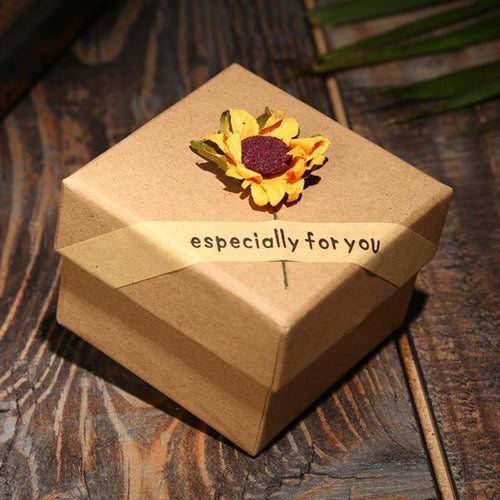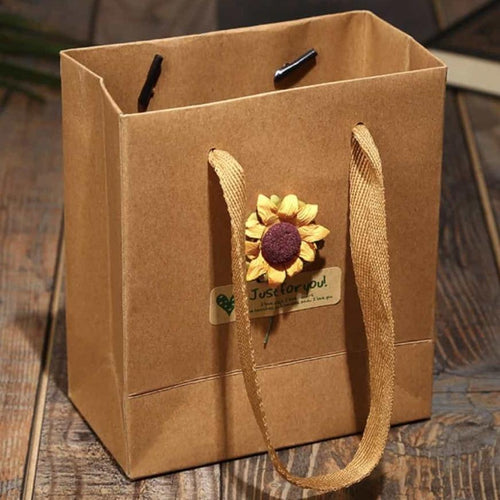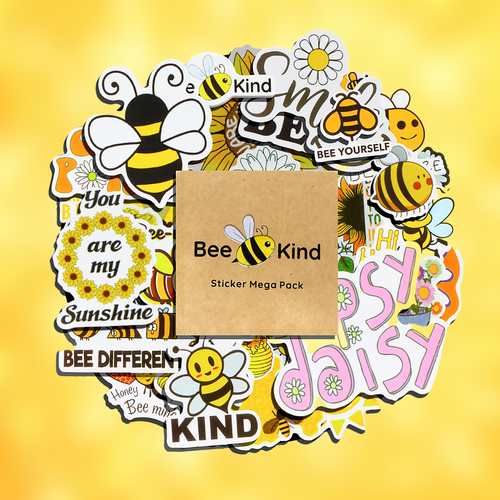Summer is the best time for picnics. Really, who doesn’t love sharing some food with friends, family, and workmates in a beautiful park somewhere? There's something about sharing food outdoors in fine weather that makes a meal taste more delicious. However, the biggest downside of modern-day picnics is the plastic waste they tend to generate. Did you know that more than 8 billion tons of plastic have been produced over the past 60 years and only 9% of plastic has been recycled across the world? There is an unfortunate tendency to view picnics as an excuse for single-use disposable containers and plastic cups.
The good news is that there is a plenty of more sustainable, eco-friendly ways to pack a picnic. Here are some examples:
1. Bring reusable cutlery, plates, and glasses
Using washable dishes and cutlery for a picnic does not require much more work than disposable ones. If you're worried about ceramic plates chipping, take some lightweight camping plates. You can use stainless steel, aluminum, bamboo or wooden tableware. They are usually sturdy and light, so you don’t have to worry about carrying heavy bags to your picnic cite.
2. Put your food in reusable containers
Silicone food containers are our absolute favorite! They're made of thick, but flexible silicone and they are usually freezer-, microwave-, dishwasher-, and oven-safe, BPA- and PVC-free. Many experts and authorities consider silicones to be nontoxic and safe for contact with food and drink.
3. Stick to biodegradable options
Single-use plastics are notoriously environmentally devastating. The solutions is biodegradable alternatives. Bioplastic has the potential to reduce carbon dioxide emission by 30%-70% - when compared to conventional synthetic plastic. Just recently, some companies came up with the idea to upcycle agave waste as the primary ingredient to create environmentally safe, biodegradable, and compostable materials.
Other examples of biomass used in bioplastics include corn, sugarcane, tapioca, or other forms of cellulose. Today, thermoplastic starch, accounting for about 50 % of the global bioplastics market, is the most significant and widely used bioplastic.
4. Use beeswax wrap for your sandwiches
We have already discussed the advantages of beeswax wrap over plastic wrap in our article 5 Uses of Beeswax. Indeed, beeswax wrap is an amazing alternative to single use plastic bags and what is more, lasts for up to a year with proper care and regular usage.
Use your Bee’s Wrap to wrap cheese, vegetables, bread, fruit, fresh herbs, and baked goods. To clean it: just wash in cool water with a mild dish soap and let it dry!
Keep in mind that you don't have to pre-pack everything. For example, such foods as bananas, oranges or watermelon already have there own natural packaging. Just bring a knife, and a cutting board to slice up food when you're ready to eat.

Just think about it: a plastic free picnic brings people together around a common goal! It’s always good to start small and inspire others. Reducing the reliance on plastic takes time, and every effort you make counts. And remember : simple steps create meaningful change.











